Custom Packaging Boxes: A World of Possibilities
2025-10-03 15:50:44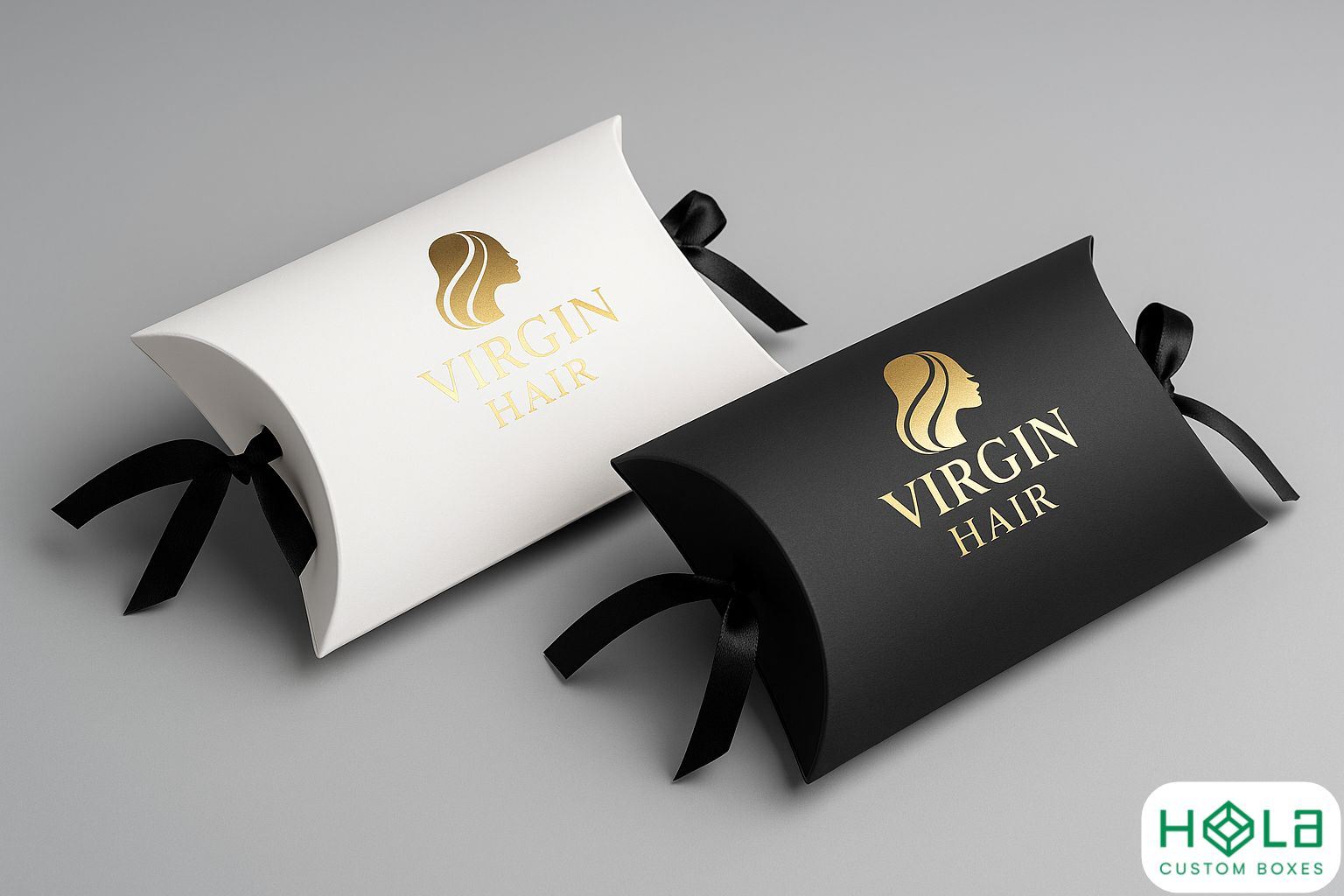
The Crucial Role of Packaging in Brand Storytelling
The Unseen Power of Presentation: First Impressions Matter
In the fiercely competitive omnichannel retail landscape, your product's initial presentation often determines its destiny. The box isn't just a container; it's the prelude to the product experience. That moment a customer first holds your packaging—the tactile sensation, the visual gestalt—is the first, and perhaps most vital, non-verbal communication your brand transmits. A thoughtfully designed package communicates professionalism, quality, and attention to detail. Conversely, a haphazard or generic box signals neglect and devalues the precious contents before they are even unveiled. This haptic feedback and immediate visual assessment create an indelible heuristic for the consumer, shaping their entire perception of the brand.
How Packaging Elevates the Customer Experience
While structural integrity is a baseline requirement, modern custom packaging transcends mere containment. It is a potent tool for experiential marketing. The unboxing ritual, amplified by social media, has become a significant touchpoint. Adding custom inserts, tissue paper, personalized notes, or strategically placed internal graphics transforms a transactional moment into a memorable, shareable event. This enhanced experience fosters brand affinity and encourages customer advocacy. It’s the difference between receiving a shipped item and participating in a curated unveiling, creating a sense of anticipation and delight that extends the product's value proposition.
Making the Right Choice: Factors Driving Packaging Decisions
Selecting the appropriate custom box type is a complex exercise in logistical optimization and brand alignment. The decision matrix is multifaceted, involving considerations beyond aesthetics. You must factor in the product's caliper and weight, the required crush resistance for transit, regulatory requirements, and, critically, the brand's sustainability mandate. The material choice—whether it's virgin kraft paperboard, post-consumer recycled content, or sophisticated laminate—must be a deliberate reflection of your corporate values and target demographic's expectations. This strategic balancing act ensures the packaging is both practical and powerfully expressive.
Corrugated Boxes: The Workhorse of Shipping and Logistics
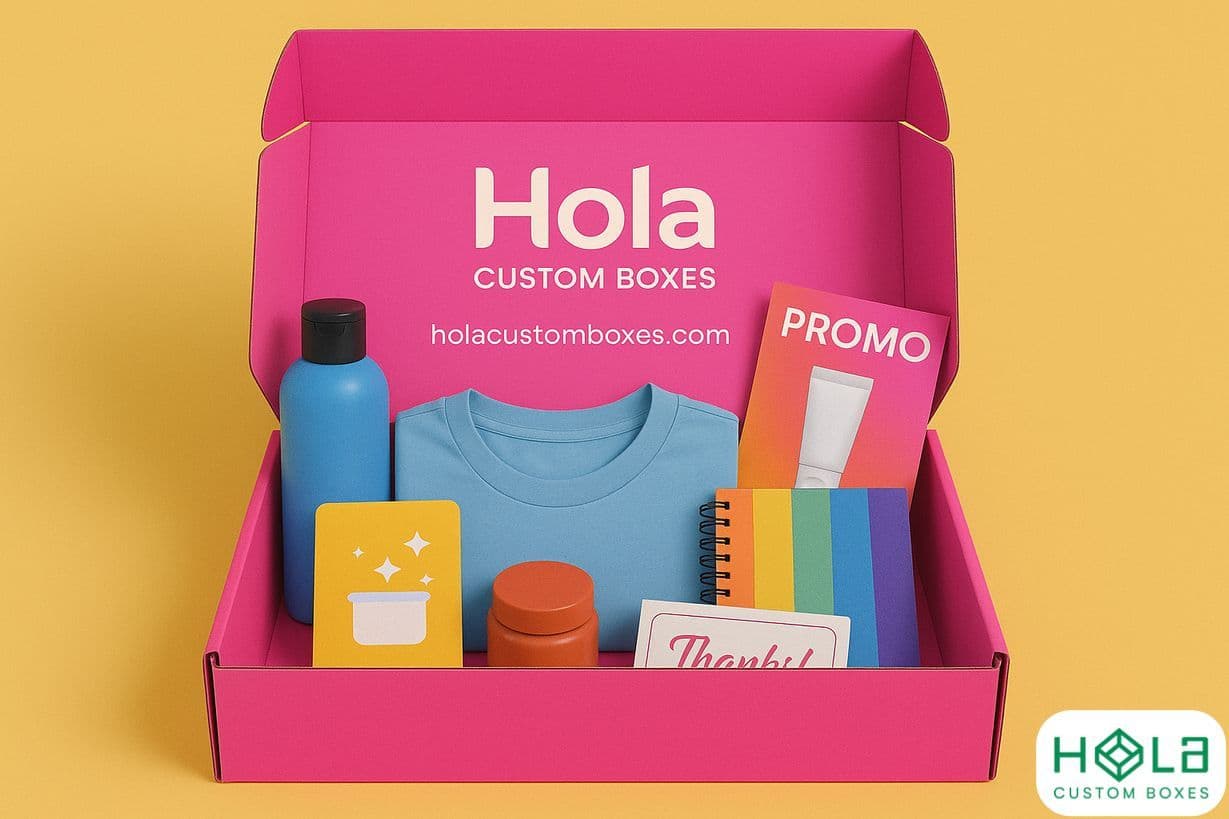
Single, Double, and Triple Wall: Understanding Strength and Durability
Corrugated fiberboard, identifiable by its signature fluting (the wavy layer sandwiched between liners), is the undisputed champion of heavy-duty shipping. The designation of single, double, or triple wall refers to the number of fluted layers used. Single-wall is standard for lightweight retail packaging. Double-wall offers superior burst strength and protection for moderate to heavy items, making it ideal for standard e-commerce shipments. For industrial machinery or exceptionally fragile goods, triple-wall corrugated provides maximum compression resistance and stackability, serving as a reliable alternative to wooden crating.
Flute Sizes Explained: Tailoring Protection to Product Weight and Fragility
The flute size—the height and number of waves per linear foot—is a subtle but crucial differentiator in corrugated performance. Common sizes like A, B, C, E, and F-flute each possess unique characteristics. E-flute, with its fine, tightly spaced waves, is often used for retail display boxes because it offers an excellent printing surface and a thin profile. C-flute is the universal standard for shipping cartons, balancing cushion and strength. Choosing the correct flute size is an exercise in engineering the perfect dunnage—the protective material—to mitigate vibrational damage and impact during transit.
Ready for Anything: Applications in E-commerce and Heavy-Duty Shipping
Corrugated boxes are the logistical backbone of the global supply chain. For e-commerce fulfillment, the RSC (Regular Slotted Container) remains the most economical and widely used structure. However, the material's adaptability allows for highly specialized applications. From five-panel folders designed for long, narrow items to intricate die-cut internal bracing, corrugated is incredibly versatile. Its inherent sturdiness, coupled with the ability to be printed with high-resolution graphics, solidifies its position as the reliable solution for both last-mile delivery and intercontinental freight.
Folding Cartons: Versatility Meets Visual Appeal
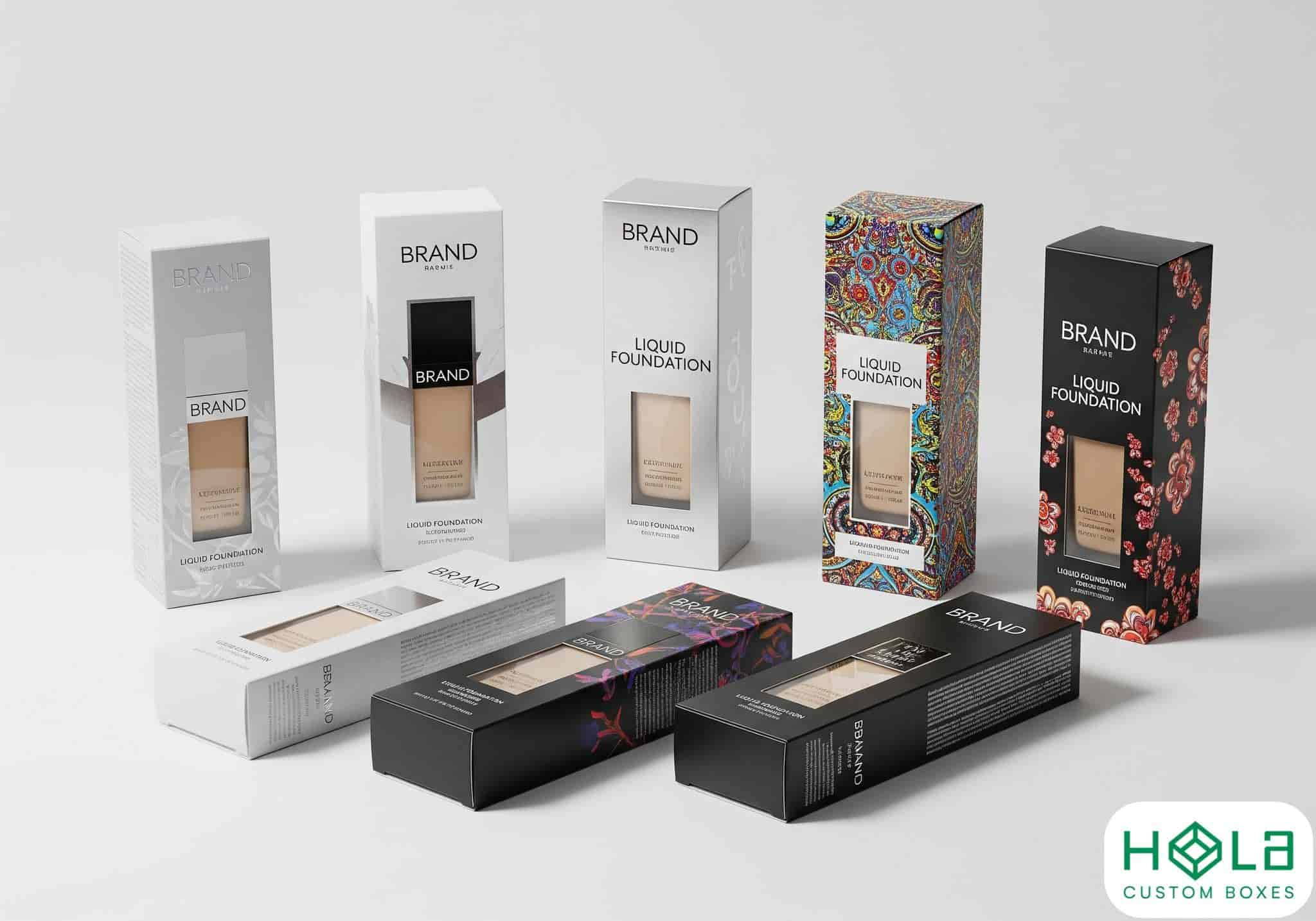
Straight Tuck End vs. Reverse Tuck End: Design for Easy Assembly and Access
Folding cartons, constructed from paperboard (or chipboard), are characterized by their light weight and superior print fidelity. The tuck end design refers to how the closure flaps are secured. A Straight Tuck End (STE) sees both top and bottom flaps tuck in the same direction, offering a clean aesthetic. The Reverse Tuck End (RTE), where the flaps tuck in opposite directions, is more common due to its efficient material usage and slightly better security against accidental opening. These structural nuances are critical for optimizing efficiency on high-speed automated cartoning lines.
Sleeve Boxes and Trays: Display-Focused Solutions for Retail Shelves
Beyond the standard tuck carton, paperboard allows for innovative retail display formats. Sleeve boxes, or slide boxes, consist of an outer sheath that slides over an inner tray, offering an elegant, layered reveal perfect for luxury cosmetics or small apparel items. Trays, often combined with a clear plastic window or shrink wrap, are excellent for showcasing food products or confectionery. These display-oriented designs maximize shelf impact by providing high visibility and an engaging form factor that captures the consumer's attention in a crowded retail environment.
Adding Shine and Texture: The Magic of Coatings, Finishes, and Embellishments (e.g., Spot UV, Embossing)
The true artistry of a folding carton is often found in the finishing processes. A simple matte or gloss aqueous coating adds scuff resistance. However, premium brands utilize techniques like Spot UV, where a high-gloss coating is applied selectively to highlight specific design elements like a logo or text, creating a powerful contrast. Embossing (raising the paperboard) and Debossing (pushing it down) add textural depth, providing that crucial tactile element. These embellishments transform a flat printed surface into a multi-sensory experience that justifies a premium price point.
Rigid Boxes: Luxury and High-End Presentation
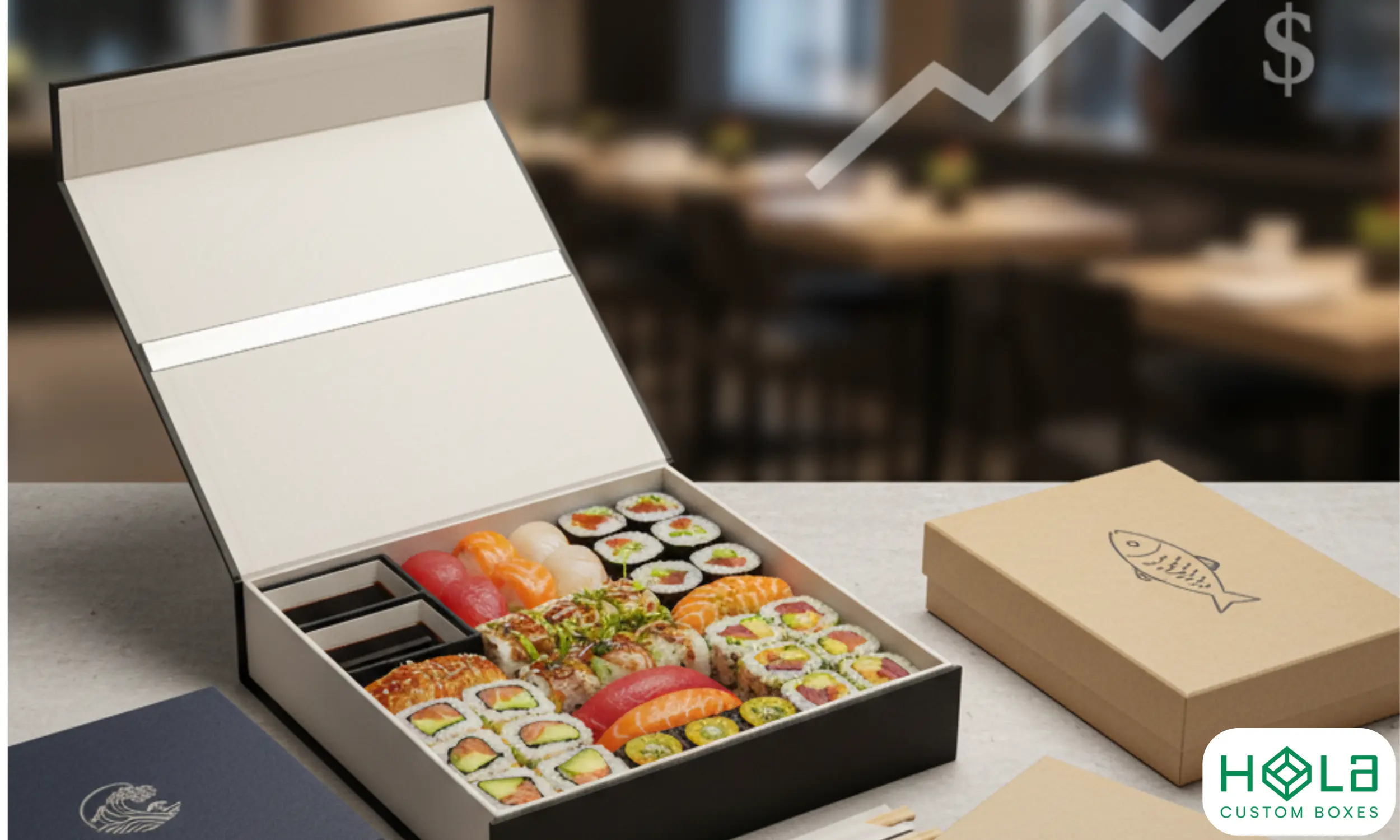
The "Set-Up" Structure: Why They Offer Unmatched Sturdiness and Perceived Value
Rigid boxes, often called "set-up boxes," are fundamentally different from folding cartons as they are manufactured and delivered in their final, permanently assembled state. They are constructed using thick chipboard and wrapped in high-quality paper, resulting in walls significantly thicker than standard folding cartons. This structural robustness, achieved through precise gluing and folding, grants them an heirloom quality and an unparalleled perceived value. They convey durability and exclusivity, making them the default choice for products that demand a luxurious presentation.
Magnetic Closures and Ribbon Pulls: Small Touches That Signal Sophistication
The moment of opening a rigid box should feel deliberate and momentous. This is often achieved through sophisticated closure mechanisms. Hidden magnetic closures provide a satisfying snap that reinforces the premium quality. Ribbon pulls or thumb notches offer an elegant assist, inviting the consumer to interact with the packaging slowly. These minute design details are the signifiers of luxury—they are silent assurances that the product inside is equally exceptional and merit the heightened price point.
Perfect for Premiums: Using Rigid Boxes for Luxury Goods, Tech Gadgets, and Gift Sets
Rigid boxes are the packaging of choice for items where presentation is as critical as the product itself. They are ubiquitous in the consumer electronics sector (think high-end smartphones and watches), the cosmetics industry (premium fragrances), and for curated gift sets. Their superior protection and luxurious feel make them ideal for products that are often stored and reused, extending the brand's presence in the consumer's life long after the initial purchase. The box becomes part of the product's enduring value.
Mailer Boxes: The E-commerce Unboxing Delight
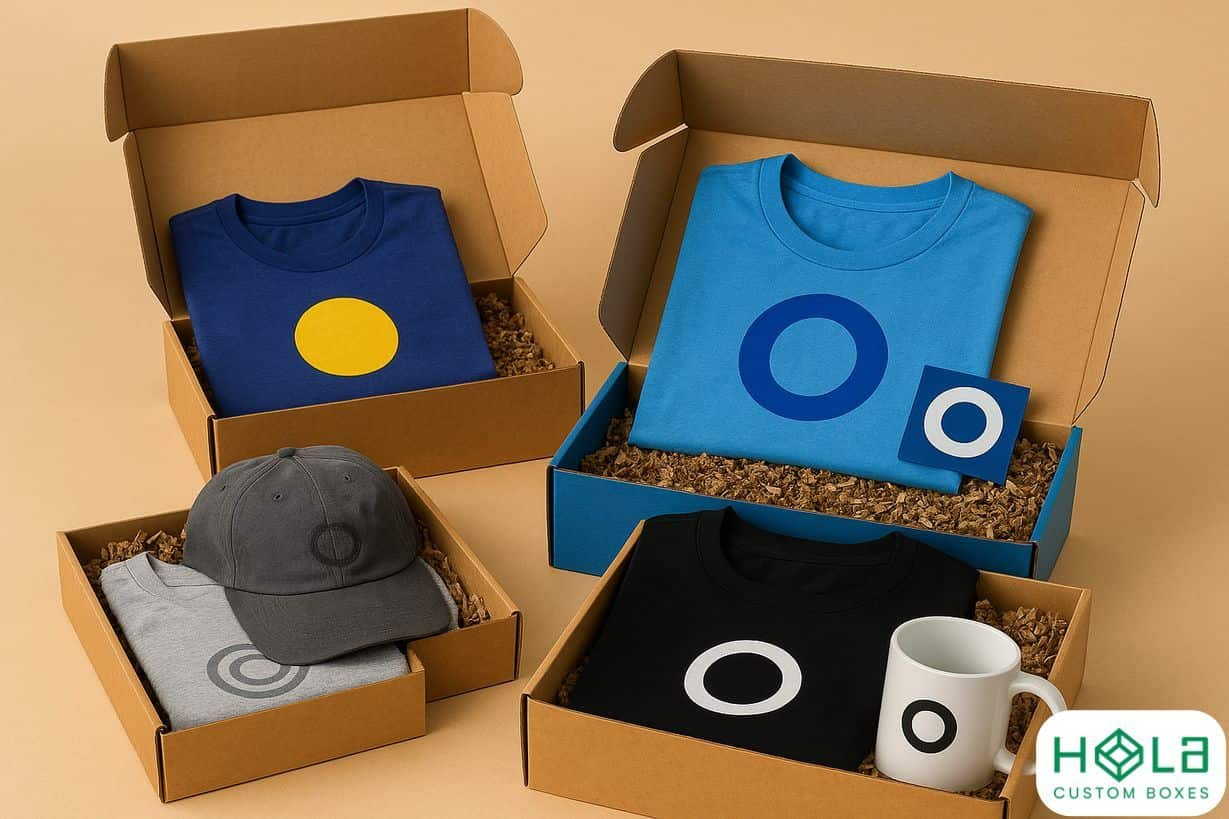
Self-Locking Designs: Built for Hassle-Free Shipping and Security
Mailer boxes, typically made from corrugated cardboard (often E-flute or B-flute), are specifically engineered for direct-to-consumer shipping. Their standout feature is the self-locking mechanism, which often includes wings or tabs that tuck neatly into the box walls, eliminating the need for excessive external tape. This "less tape, more efficiency" design not only speeds up the packing process but also provides a cleaner aesthetic and a more seamless experience for the customer. They are the quintessential subscription box solution.
Adding Inserts and Dividers: Keeping Contents Snug and Organized
The interior architecture of a mailer box is crucial for safe transit and a structured unboxing. Custom inserts, frequently made from the same corrugated material or sometimes die-cut foam, serve to nest the product securely, preventing movement, rattling, and damage. Dividers and partitions are essential for kits or boxes with multiple items, ensuring each component has its own dedicated, protected space. This meticulous interior design is vital to guarantee product integrity upon arrival.
Branded Bliss: Maximizing Interior and Exterior Print Space for Brand Immersion
Mailer boxes offer perhaps the greatest canvas for brand expression in the shipping process. The entire exterior can be printed with high-impact graphics and brand messaging, turning the package into a walking billboard. More importantly, the interior is prime real estate for a "reveal" moment. Printing a vibrant pattern, a welcome message, or a brand manifesto on the inside lid dramatically elevates the sense of discovery and transforms the box from mere transit vessel into an immersive brand encounter.
Specialty and Niche Packaging Solutions
Window Patch Boxes: Giving Customers a Sneak Peek at the Product Inside
Window patch boxes incorporate a die-cut aperture covered with a clear film, typically PET or acetate. This design is highly effective in retail environments as it provides product visualization, allowing consumers to confirm the item's appearance, color, or condition without compromising the packaging's protective barrier. They are commonly used for baked goods, toys, or electronics where seeing the actual product is a key driver for purchase conversion. The film patch must be applied precisely to maintain cleanliness and visual clarity.
Die-Cut Boxes: Creating Unique and Irregular Shapes That Stand Out
A die-cut box is any packaging that requires a custom-made steel rule die to cut paperboard or corrugated material into a specific, non-standard shape. This allows for virtually limitless creativity, resulting in boxes shaped like houses, vehicles, or abstract geometric forms perfectly tailored to the product's theme. While they require a higher initial tooling investment, die-cut boxes deliver maximum differentiation and memorability, shattering the convention of the typical rectangular prism.
Sustainable Choices: Exploring Eco-Friendly Materials (Recycled, Biodegradable, Compostable)
The current climate dictates a move toward circular packaging. Brands are increasingly specifying materials that are Post-Consumer Recycled (PCR) content. Furthermore, the push for true biodegradability and compostability means exploring alternatives like mushroom-based mycelium packaging or innovative plant-based plastics. Using materials like unbleached kraft and water-based inks signals a profound commitment to environmental stewardship, aligning the packaging with the growing consumer demand for ecological responsibility.
Choosing Your Perfect Match: Design and Practical Considerations
Artwork and Graphics: Leveraging High-Quality Printing for Visual Impact
The choice between flexography (ideal for cost-effective corrugated runs) and offset lithography (offering photographic quality on folding cartons and rigid boxes) is fundamental to visual fidelity. High-resolution graphics, careful color management using the Pantone Matching System (PMS), and strategic use of negative space are all critical components. The artwork must be not just visually appealing, but also technically optimized for the chosen material and printing process to prevent misregistration or blurring.
Structural Integrity: Ensuring the Box Can Handle the Journey and Storage
Before mass production, every custom box must undergo rigorous testing. Mullen burst tests measure the force required to puncture the material, and Edge Crush Tests (ECT) determine the stacking strength of corrugated boxes. For climate-sensitive goods, understanding the material's hygroscopicity (moisture absorption) is vital. Ensuring robust structural integrity is a non-negotiable step in the pre-press process, guaranteeing the product survives the often-turbulent logistics chain.
The Cost-Benefit Analysis: Balancing Material Quality, Customization, and Budget
Custom packaging represents a significant capital outlay, and brands must execute a careful ROI assessment. While a fully customized rigid box offers the highest perceived value, a thoughtfully designed, high-quality printed mailer box might offer a better cost-to-impact ratio for a high-volume e-commerce operation. The decision hinges on economies of scale and the product's ultimate retail price point. The goal is to maximize the packaging's role as a brand investment, not just a necessary expense.
The landscape of custom packaging is vast and ever-evolving, presenting brands with an immense opportunity to differentiate, connect, and thrive. Which of these innovative box styles aligns best with your brand's unique perceived value and supply chain requirements?
Final thought: Your product deserves packaging that is as remarkable as the item itself. Don't settle for generic boxes that fade into the background. Choose Hola Custom Boxes to transform your vision into tangible, high-impact packaging that guarantees an unforgettable unboxing experience, drives brand recognition, and secures your product's journey from our facility to your customer's hands. Ready to upgrade your brand's first impression? Design and order your perfect custom solution today!
